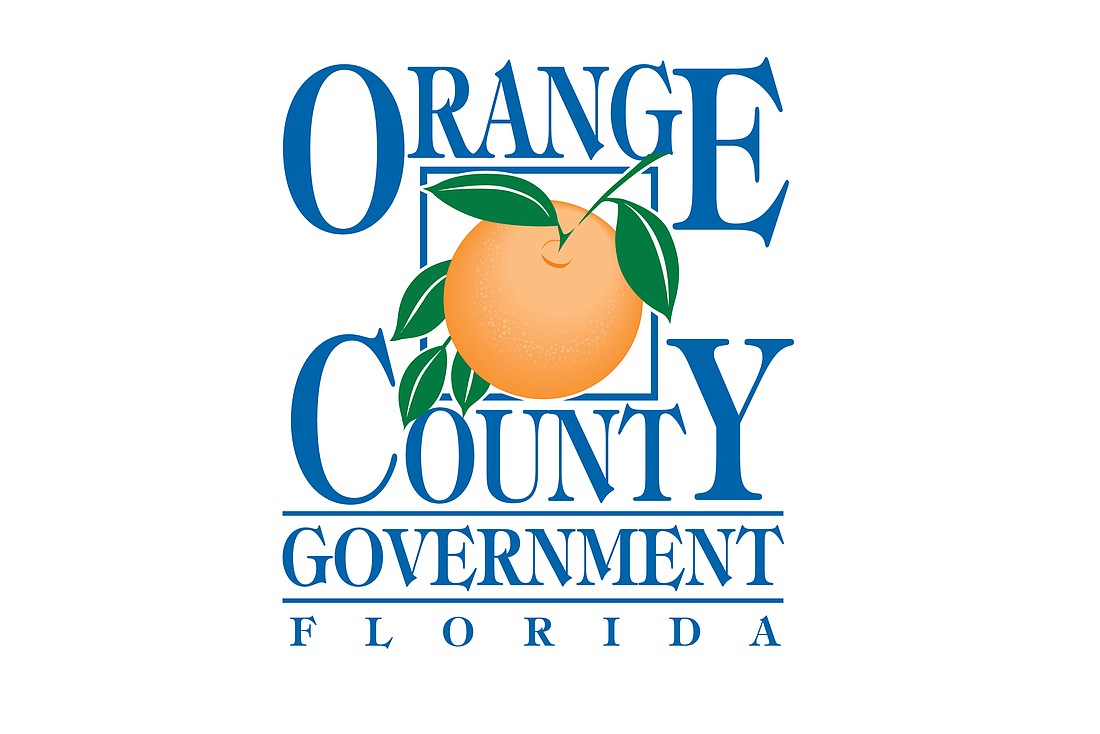- December 19, 2025
-
-
Loading

Loading

With Orange County projected to add 690,000 new residents by 2050, staff and stakeholders are working on a plan to lead the county toward a future vision rather than reacting to existing conditions.
Called Vision 2050, this initiative aims to guide how and where growth will occur over the next three decades. Vision 2050 will be implemented through the adoption of a new land-development code called Orange Code, which fill focus on placemaking standards and context-based regulations.
As a type of form-based code, Orange Code will rely on developmental characteristics that are desired rather than those that communities seek to avoid. The county’s current comprehensive plan was adopted in 2009. These plans act as blueprints for guiding short- and long-range development, resource protection, provision of public services and economic growth.
In a virtual town hall meeting Thursday, April 1, representatives from the county, Canin Associates and DPZ CoDesign gathered to show residents in southwest Orange County two elements of the Orange Code — sectors and place types.
This was the second series of town-hall meetings regarding Vision 2050. The first series — which took place between December and January — introduced residents to the comprehensive plans and what makes each of the county’s six market areas unique, as well as touching on growth strategies for each area.
“(Sectors and place types) are intended to further define how to guide growth in a more predictable manner and in a way that supports the mayor’s initiatives and what we are hearing many county residents and commissioners want and support,” Marina Khoury, of DPZ CoDesign, said.
Orange County Planning Manager Alberto Vargas said Orange Code is a different way of planning than has been done for the last 30 years.
“The diversity that exists in Orange County is extremely important — from lifestyles to development trends to topographic conditions throughout the county — (and these) are beginning to drive specific, context-based decisions in which the policies are going to be slightly adjusted in order to identify areas for targeted growth or preservation, as well as preservation of those neighborhoods that are pretty much built out,” he said.
The county is first divided into six market areas — West Orange County falls in the southwest market area. Each market is further subdivided, county staff said, by sectors and place types.
“We look at planning … to direct growth to specific places and not everywhere,” Matthew Lambert, of DPZ CoDesign, said. “One of the two components of growth management in Vision 2050 are sectors. Sectors direct growth to where it’s encouraged, but we also plan in order to direct the character of new development in places where growth is desirable.
“Place types direct the character of future growth through form, intensity, the structure of blocks, civic spaces … and then the mix of uses and mobility options that are available in different places,” Lambert said.
There are six types of sectors — targeted, intended, established, rural, preserved and special. They direct the “where” component of growth. Within sectors are place types — urban, rural, village open space and special. These determine “how” growth should occur. Place types also help determine density, intensity and character.
Targeted sectors refer to infill growth areas and comprise about 6% of unincorporated Orange County. Intended sectors are previously entitled growth areas — such as Horizon West — and make up 5.5% of unincorporated county. Established sectors refer to areas where existing character should be retained and make up 13% of it.
Rural sectors refer to rural areas where existing character should be retained, or about 21% of unincorporated Orange County. Preserved sectors — like the lakes and Shingle Creek area — are large and contiguous preserved natural areas, or about 21% of it. Finally, special sectors refer to places that require special rules, such as airports, power plants and universities — 3.5% of unincorporated county.
“Currently, the future land use is a reaction to existing uses today,” Lambert said. “It must be changed often. … It’s unstructured at present, meaning there’s really no structure of rules as to where one future land use or another should be located. With sectors (and place types) … both of these levels of planning provide structure and rules that are aimed at a predictable outcome. … Sectors influence place types. Place types direct zoning and build outcomes. … Sectors limit place types permitted within them. Place types are the new future land use.”
Khoury said a third series of town halls will take place in late spring.